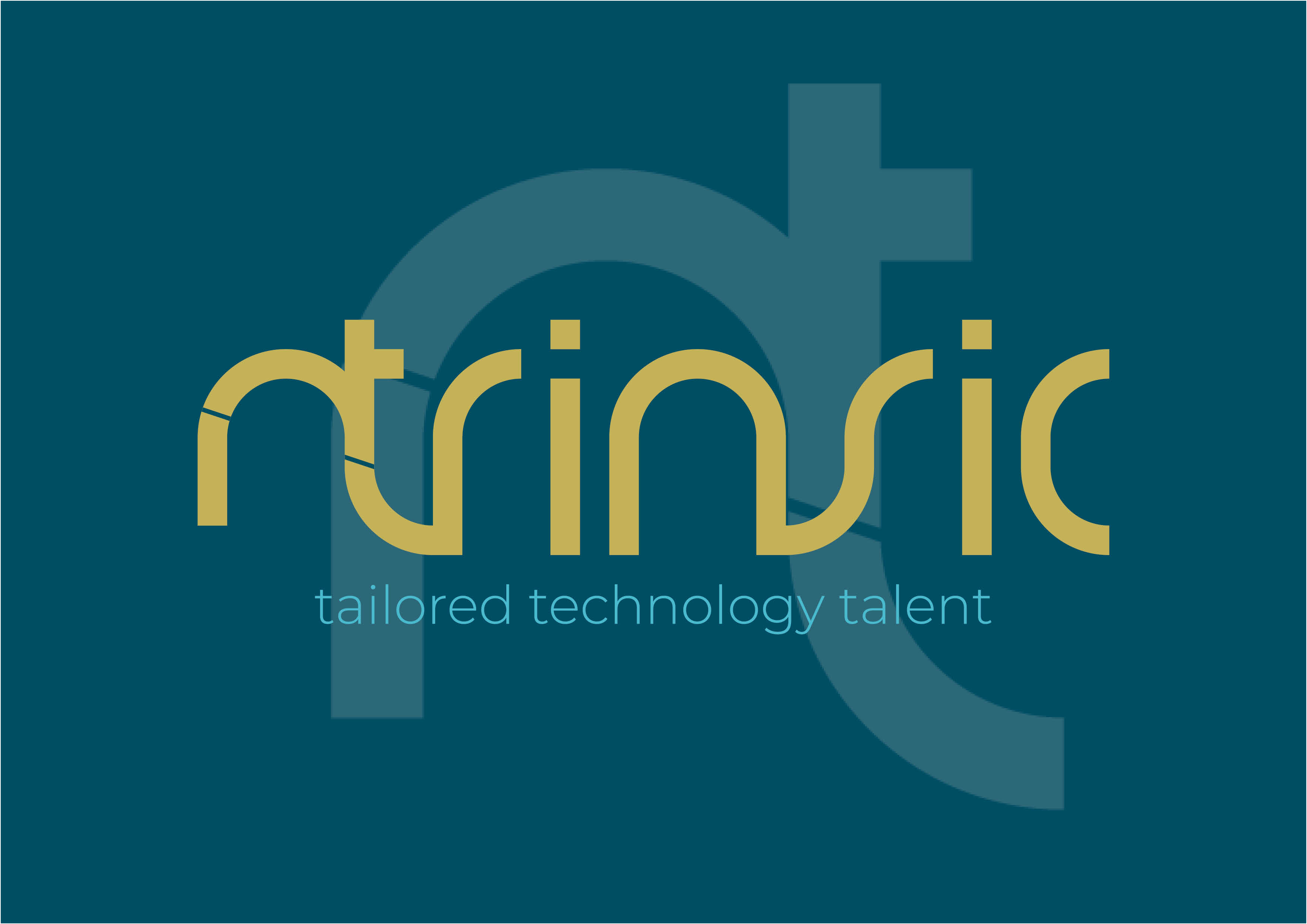Virtual Onboarding – what’s your approach?
28 May, 20202Onboarding is an essential way to engage new hires and welcome them onto your team. Over the...

Onboarding is an essential way to engage new hires and welcome them onto your team. Over the past few months the process of onboarding has radically changed, due to the impact of Covid-19. With more people working from home than ever before and the way that new starters are welcomed into their new role has had to transform. So, what are the best ways to manage onboarding remotely to ensure that your new employee still has the best experience of starting their new role?
Be organised
Remember to send all the equipment a new starter may need ahead of time. This is no different to how a new employee would be treated on their first day in the office, they wouldn’t expect to turn up not have access to the equipment they need to do their job. It may also be a nice touch to include a personal note within an information pack, to help an employee feel welcomed – it’s those little touches that can make a significant difference.
Make use of Technology
In recent times more and more companies have been introducing new products and developing existing systems to create tools for remote workforces. Utilise digital platforms, such as Zoom and Microsoft Teams to engage new starters and welcome them into the team. A virtual meet and greet is a nice idea.
Communicate
During this time a lot more people will be anxious about job security. Keeping in touch before an employee’s start date is a great way to make sure that they know their job is stable. This will also help to create a sense of belonging prior to the new starter’s first day.
Provide a buddy
We all know what it’s like on your first day, trying to get to grips with new systems, new platforms, passwords and who to go to for what… experiencing all of that whilst working from home can be frustrating and could lead to early disengagement. A ‘buddy’ would be the first port of call, offering advice and help to get your new starter up to speed quicker and with less hassle.
It is important to note that remote onboarding really shouldn’t be that different to onboarding in-person. Making sure the new starter feels welcome and has the right equipment to get the job done are important both in and out of the office. It seems that some form of social distancing in the workplace and increased working from home will be in place for a while, so setting up a good structure for virtual onboarding is vital. If anything, there are less limits to onboarding virtually, so use your imagination and don’t be afraid to think outside the box.




